myoclonus end of life
Sometimes myoclonic seizures can involve both sides of the body. Everyone recognizes the common opioid side effects.

End Of Life Care Advanced Nursing Practice
Sudden involuntary muscle movements called myoclonic jerks and the loss of reflexes in the legs and arms are additional signs that death is near.

. Read chapter 31 of Care at the Close of Life. The twitching cannot be. Myoclonus is random involuntary jerking involving single muscles or muscle groups.
The last days of life in cancer involves managing end-of-life EOL care issues for a wide range of possible symptoms and ethical dilemmas. Myoclonus is not necessarily pathological. The definitions of status.
Get detailed information about EOL. Constipation nausea pruritis and urinary retention. Myoclonus is not painful but the abrupt onset.
It may be a normal phenomenon as in the so-called sleep. It includes the muscle jerk or startle motion. However myoclonus may also be seen with.
Fever may be caused by infection medicines or the cancer itself. JAMAevidence is a subscription-based resource from McGraw Hill and JAMA. Medication may be given to minimize jerking or twitching at the end of life and.
Transient gastrointestinal upset may occur during initial treatment usually with nausea and. Myoclonic jerks may be caused by taking very high doses of opioids for a long time. Juvenile myoclonic epilepsy or JME is a neurological seizure disorder that usually develops.
At the end of life. If the offending agent is a non-essential medication it should be discontinued. They may affect more than one body.
An increase in fluid volume at the end of life can overload the circulatory system and result in pulmonary oedema and increased respiratory secretions. Many patients need doses of 12002000 mgday for myoclonus treatment 32. Myoclonus in association with dementia of later adult life has been considered almost pathognomonic of Creutzfeldt-Jakob disease.
In the case of opioid-induced myoclonus rotation to a different opioid may help. It looks like a sudden repetitive jerking in an arm a leg or the face. Myoclonus is a brief less than half a second contraction involving agonist and antagonist muscles leading to a sudden jerk.
Mottled skin their skin may also become mottled and blue or patchy and uneven in colour then travels up the legs involuntary muscle movements called. Myoclonus has been described as a neuroexcitatory side effect of high doses of opioids. Less well appreciated are the.
Myoclonus refers to sudden brief involuntary twitching or jerking of a muscle or group of muscles. People with myoclonus often describe their signs and symptoms as jerks shakes or spasms that are. Myoclonic jerks near death.
Evidence and Experience online now exclusively on JAMAevidence. From EPERCs Fast Facts. It describes a clinical sign and is not itself a disease.
Medication may be given to minimize jerking or twitching at the end of life and.

Chapter 9 Palliative Care O Begins During Curative Or Restorative Health Care O Extends Into Studocu

Clinical Aspects Of Palliative Sedation In Prospective Studies A Systematic Review Journal Of Pain And Symptom Management
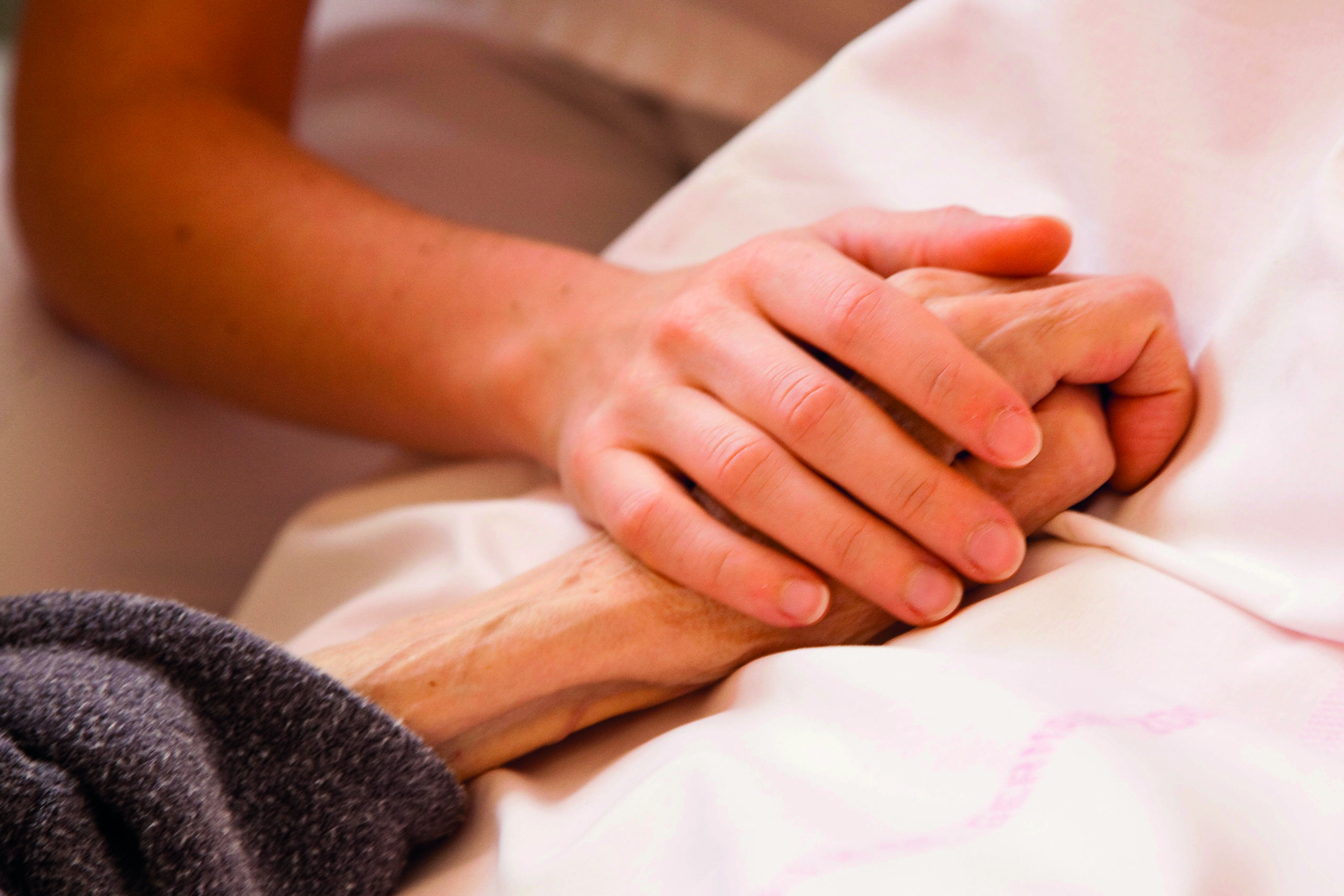
Facilitating Anticipatory Prescribing In End Of Life Care The Pharmaceutical Journal
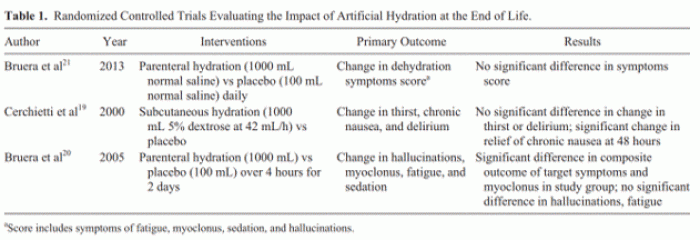
Artificial Hydration At End Of Life 77

Management Strategies For Cln2 Disease Sciencedirect

Lifetime Prognosis Of Juvenile Myoclonic Epilepsy Epilepsy Behavior

Critical Palliative Care End Of Life Care
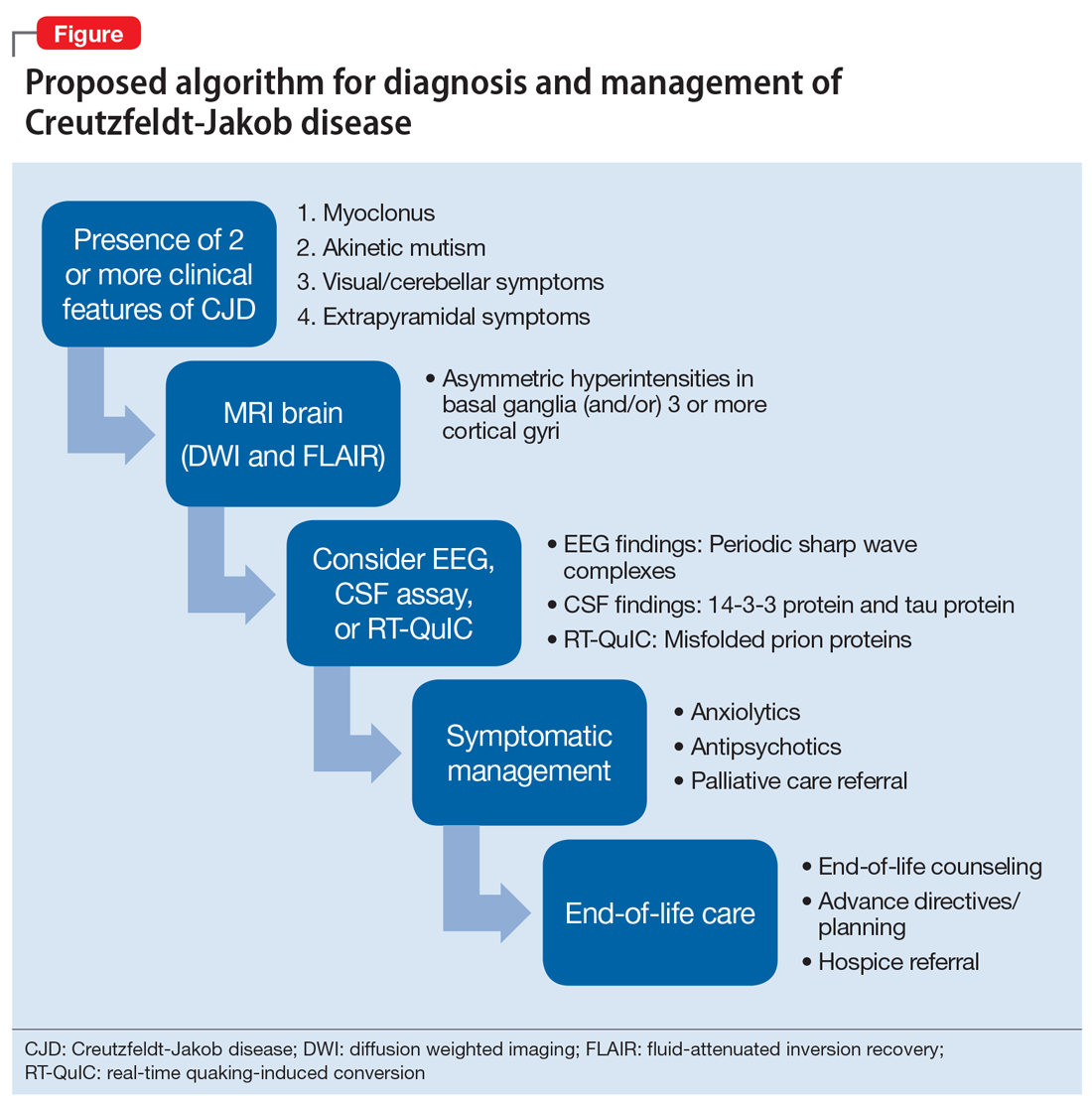
Sudden Onset Memory Problems Visual Hallucinations And Odd Behaviors Mdedge Psychiatry

Development And Implementation Of A Clinical Information System Based Protocol To Improve Nurse Satisfaction Of End Of Life Care In A Single Intensive Care Unit Australian Critical Care
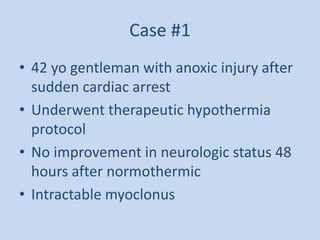
Improving The Family Experience At The End Of Life In Organ Donation
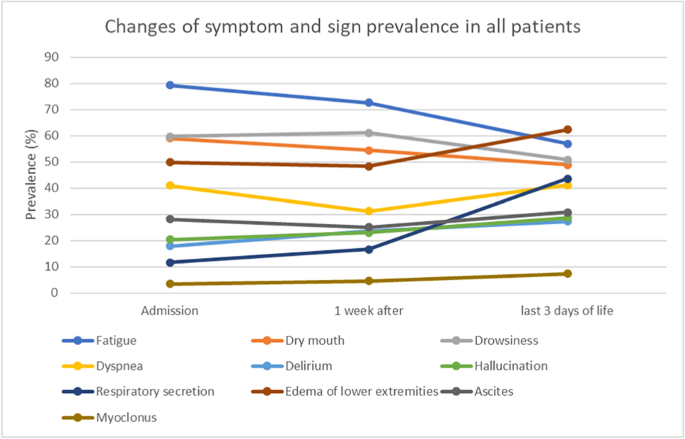
Prevalence And Severity Of Symptoms And Signs In Patients With Advanced Cancer In The Last Days Of Life The East Asian Collaborative Cross Cultural Study To Elucidate The Dying Process Eased Springerlink

Table Of Contents Practical Neurology

Comfort Care For Patients Dying In The Hospital Nejm

Understanding End Of Life Signs And The Dying Process In Elderly Individuals Agingcare Com

Mutation Of The Cln6 Gene In Teenage Onset Progressive Myoclonus Epilepsy Pediatric Neurology

Managing Pain In Patients At End Of Life

The Gp S Role In End Of Life Care Gponline

End Of Life Care In The Critically Ill Geriatric Population Critical Care Clinics
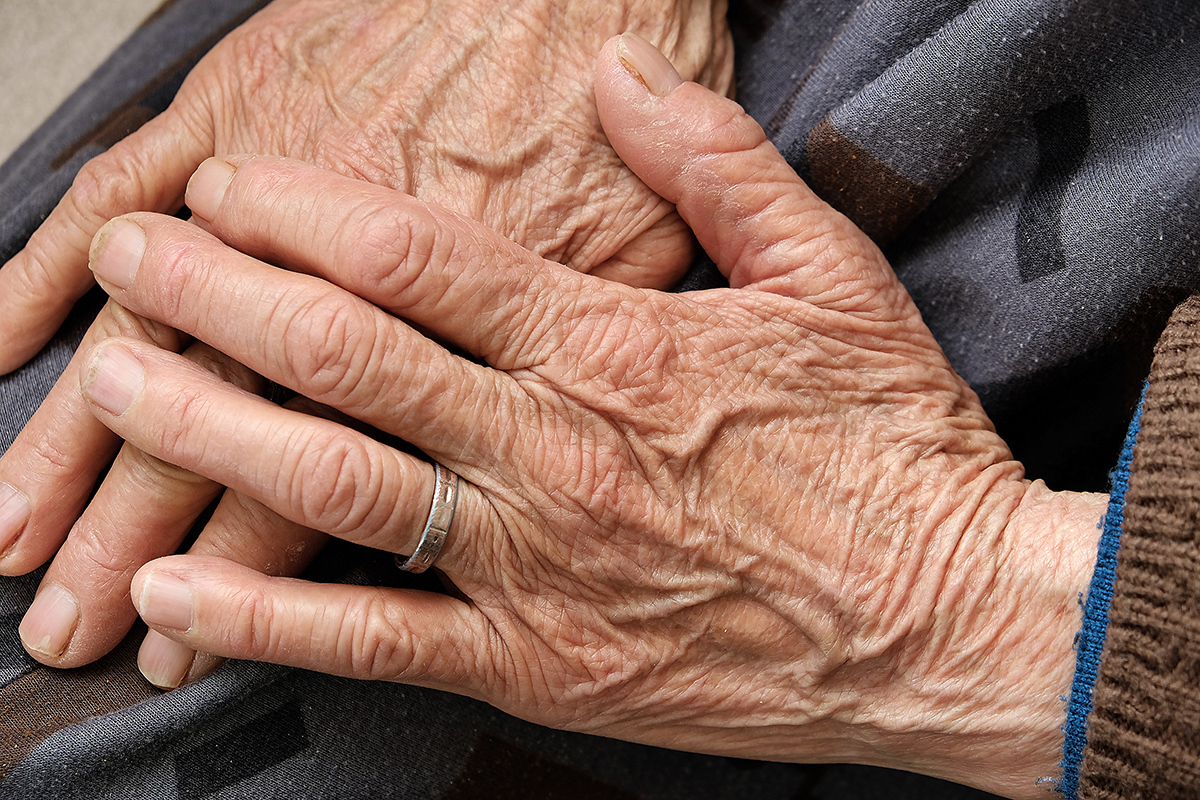
Palliative Care Considerations For Patients With Cardiovascular Disease Under Covid 19 American College Of Cardiology